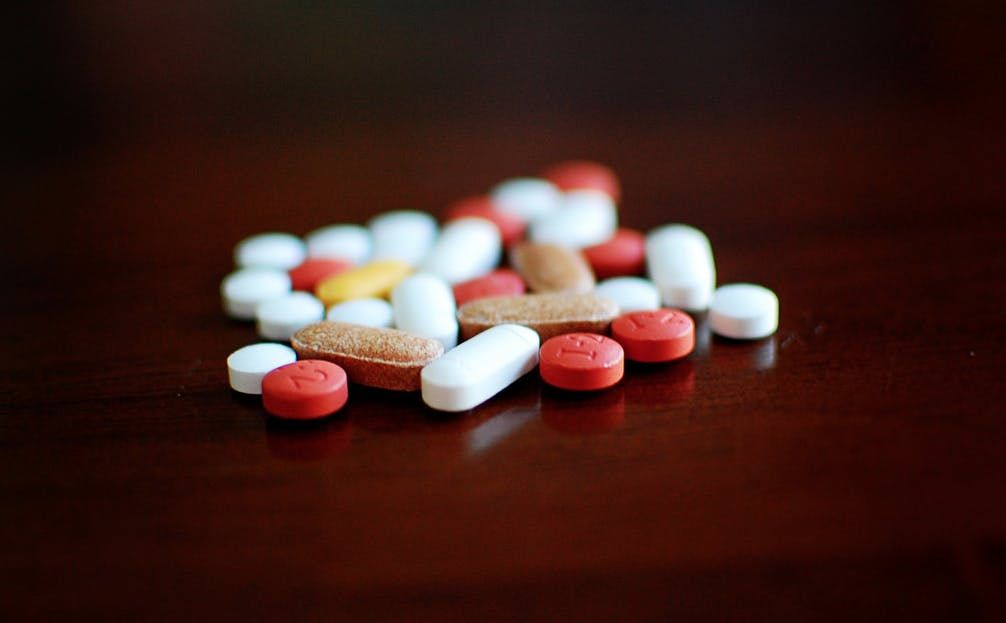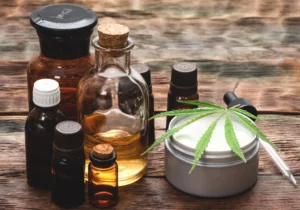Opioids are currently some of the most diagnosed drugs in
America.
A powerful class of medications meant to treat various types of chronic
pain, opioids may seem like a miracle drug. Unfortunately, this
couldn’t be further from the truth. While opioids are effective at
knocking out pain, they’re also some of the most highly addictive and
deadly medications currently available to American consumers. In fact,
opioid medications are so dangerous that they accounted for upwards of
16,000 deaths in 2009 alone. Because of these horrifying outcomes and
the ever-increasing rates of opioid prescriptions, American health
professionals and consumers alike are on the lookout for safer, less
addictive alternatives.
The Opioid Addiction Problem
Recently, Castlight Health released a report titled "The Opioid Crisis
in America’s
Workforce"
that reveals some startling new insights into the scope of the opioid
addiction problem. Using aggregated data from 1 million anonymized
Americans, the researchers found that 32 percent of all opioid
prescriptions in America are being abused. The report also found that
4.5 percent of people who have a current opioid prescription are abusing
it, and that these people cost American employers an average as twice as
much (approximately $19,450 annually) in medical expense costs as their
opioid-free counterparts. In addition, baby boomers are nearly four
times as likely to suffer from opioid abuse and addiction as
millennials, and patients who live in lower-income areas are twice as
likely to suffer from opioid abuse as individuals who live in
higher-income areas.
While the results of the Castlight report are startling, they’re not
news to health professionals. The opioid crisis has been ballooning for
years, and it has recently gotten so bad that the CDC has declared it a
public health crisis.
Because of the dangerous side effects and highly addictive nature of
opioid medications, health officials and consumers everywhere are
actively searching for better alternatives.
Cannabis: A Better Way
In an attempt to mitigate the dangerous effects of opioid
over-prescription, abuse and addiction, many people are turning to
cannabis. In addition to the fact that cannabis has a long, demonstrable
history of being used to treat chronic
pain,
dozens of studies (such as this 2012
study published in the
Journal of Psychoactive Drugs) have found that cannabis offers fewer
side effects than opioids and provides more therapeutic benefits than
synthetic medication. Recently, prominent politicians such as Elizabeth
Warren have been petitioning the
CDC
to consider medical cannabis as a supplement to or alternative for
opioid pain medications, and states like Massachusetts have been using
cannabis to treat patients suffering from chronic pain and opioid
addiction. Recently, one clinic in Massachusetts used medical
cannabis
to treat 80 chronic pain sufferers who were addicted to opioid
medication. Within a month of treatment, 75 percent of the patients had
given up their opioid medication completely and the vast majority
reported less pain. Even if cannabis doesn’t entirely replace opioid
medication in the near future, it’s clear that cannabinoids have a
synergistic
effect
that can help decrease pain while also mitigating the need for high
levels of opioid medications.
While the solution to the opioid addiction crisis isn’t cut-and-dry,
it’s clear that cannabis is a safe, effective alternative that can treat
chronic pain while also preserving the health and well-being of
patients.






